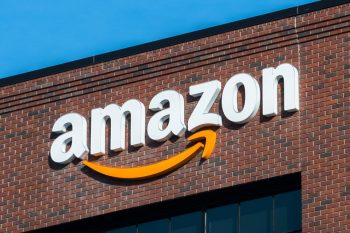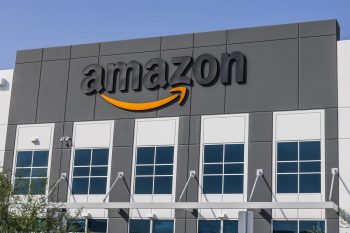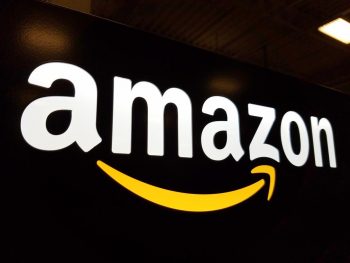
If you’ve noticed an unexpected charge from Amazon Web Services (AWS) on your bill, you might feel confused or concerned. However, understanding the reasons behind these charges can help you manage your AWS expenses effectively. In this comprehensive guide, we’ll delve into why you may be charged for AWS, how these charges are calculated, common missteps leading to unexpected charges, and how to monitor and dispute these charges.
You might be charged for Amazon Web Services (AWS) due to several reasons such as exceeding the limits of the Free Tier services, using allocated but not actively used resources, automatic relaunch of services, data transfer costs, and unattached EBS volumes. It’s also possible to incur unexpected charges due to not properly monitoring AWS costs or not closing resources correctly. To avoid unexpected charges, monitor your AWS usage, understand the billing structure, and use AWS’s cost management tools. If you believe you’ve been incorrectly billed, you can dispute charges by contacting AWS Support.
Understanding AWS Charges
AWS operates on a pay-as-you-go approach, charging for the individual services you need for as long as you use them. However, there are several reasons why you might unexpectedly see AWS charges on your bill:
- Free Tier Limits Exceeded: AWS offers a Free Tier for certain services, but usage beyond these limits or after the Free Tier period expires will incur charges.
- Unused Resources: AWS charges for allocated but not actively used resources, such as idle EC2 instances, RDS databases, and Elastic Load Balancers.
- Automatically Relaunched Services: Some AWS services may automatically restart after being terminated, leading to unexpected charges.
- Data Transfer Costs: AWS charges for data transfer within the network and between AWS and the internet.
- Unattached EBS Volumes: EBS volumes that are not attached to any EC2 instances can still incur charges.
How AWS Calculates Charges
AWS calculates its charges based on the specific services you use. For instance, you pay for EC2 instances by the hour or second, with a minimum charge of one minute. Similarly, for data storage and transfer, you typically pay per GB. AWS also offers tiered pricing for certain services, which means the more you use, the less you pay per GB.
To estimate the cost of using AWS services, you can use the AWS Pricing Calculator, which provides transparent pricing for your service configurations.
Common Missteps Leading to Unexpected Charges
Several common misunderstandings can lead to unexpected charges on AWS:
- Not Monitoring AWS Costs: Failing to monitor AWS costs using tools like CloudWatch and Smart Alerts can result in unexpected charges.
- Not Properly Closing Resources: When closing resources, some AWS services require specific steps to ensure you aren’t charged going forward.
To avoid unexpected charges, it’s essential to monitor your AWS usage, understand the billing structure, and leverage available cost-saving options.
Monitoring AWS Usage and Costs
AWS offers several tools to help users monitor their usage and costs:
- AWS Cost Explorer: This tool allows you to view and analyze your costs and usage over time.
- AWS Budgets: AWS Budgets enables you to set custom budgets to track your costs and usage.
- Billing Alerts: You can create billing alarms using Amazon CloudWatch to monitor your estimated AWS charges.
By using these tools and features, AWS customers can stay informed about their usage and charges, helping them manage their costs effectively.
Disputing Charges and Seeking Refunds
If you believe you’ve been incorrectly billed by AWS, you can dispute charges or seek refunds by contacting AWS Support. Refunds are handled on a case-by-case basis, and AWS Support will determine if a refund is warranted based on the specific circumstances of your case.
Conclusion
Understanding AWS charges can help you manage your expenses effectively and prevent unexpected bills. By monitoring your usage, understanding your billing, and taking advantage of AWS’s cost management tools, you can stay on top of your AWS costs and avoid surprises.
Frequently Asked Questions
What is the AWS Free Tier and how long does it last?
The AWS Free Tier allows users to try out certain AWS services for free, up to certain usage limits. It’s available for 12 months following the date you created your AWS account.
How can I prevent AWS services from automatically relaunching and incurring charges?
To prevent AWS services from automatically relaunching, you can modify the auto-scaling configuration or lifecycle policies for those services.
What are some cost-saving options that AWS offers?
AWS offers several cost-saving options including Reserved Instances, Savings Plans, Spot Instances, and volume-based discounts.
How can I set up billing alerts on AWS?
You can set up billing alerts by using Amazon CloudWatch. You simply create a billing alarm and define the threshold amount for your AWS charges. Once your estimated charges reach this threshold, AWS sends a notification to the email address associated with your account.
How can I contact AWS Support to dispute a charge?
You can contact AWS Support by logging into your AWS account and clicking on the “Support” menu at the top of the page. From there, you can create a new support case to dispute a charge.











